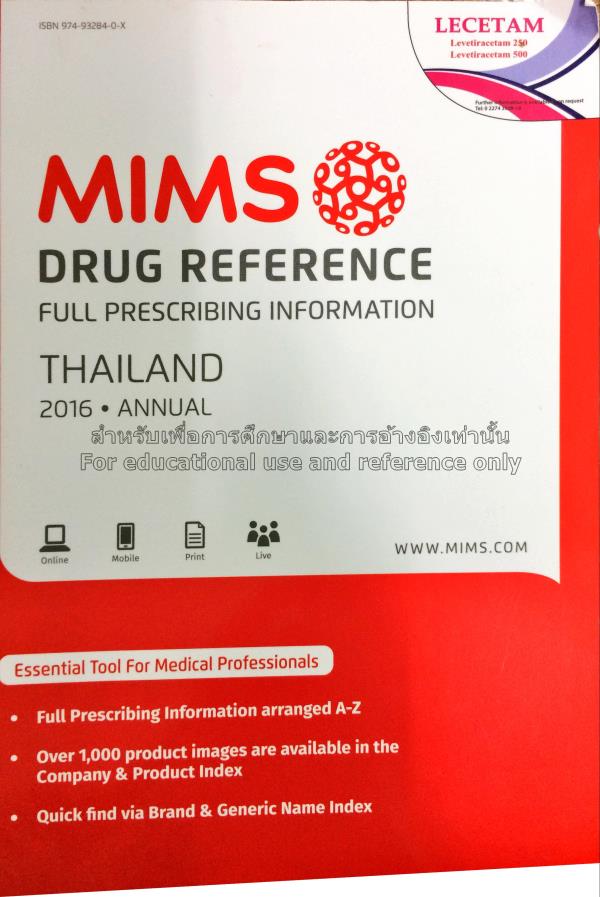Mims Book
The Monthly Index of Medical Specialities or MIMS is a pharmaceutical prescribing reference guide published in the United Kingdom since 1959 by Haymarket Media Group. The guide contains information about branded and generic drugs in the UK formulary. Getting Started in Electronics [Forrest M. Mims III] on Amazon.com. *FREE* shipping on qualifying offers. This is a complete electronics course in 128 pages! Author Forrest Mims teaches you the basics, takes you on a tour of analog and digital components.
Residence Known for Amateur scientist, electronics writer and intelligent design advocate Children Three Forrest M. Mims III is an American amateur scientist, magazine columnist, and author of the popular Getting Started in Electronics and Engineer's Mini-Notebook series of instructional books that was originally sold in electronics stores. Mims graduated from in 1966 with a major in government and minors in English and history. He became a commissioned officer in the. Although he has no formal academic training in science, Mims has had a successful career as a science author, researcher, lecturer and syndicated columnist.
His series of electronics books sold over 7 million copies and he is widely regarded as one of the world's most prolific citizen scientists. Mims does scientific studies in many fields using instruments he designs and makes and he has been published in a number of peer-reviewed journals, often with professional scientists as co-authors. Much of his research deals with ecology and environmental science. A simple instrument he developed to measure the earned him a in 1993. In December 2008 named Mims one of the '50 Best Brains in Science.'
Mims edited The Citizen Scientist — the journal of the — from 2003 to 2010. He is also the Chairman of the Environmental Science Section of the Texas Academy of Science. He also teaches electronics and atmospheric science at the, an university in. He is a member of the, the and several scientific societies. Mims is an advocate for and serves as a Fellow of the and the.
He is also a skeptic of. Contents • • • • • • • • • • • • • Early life and education [ ] Forrest Mims was born in 1944 in Houston, Texas to Forrest M. (1923–1996) and Ollieve E. (Dunn) Mims (1924–1995). He was the oldest of five children, two boys and three girls.
Moms Book Study
Mims' father was an Air Force pilot and the family lived on military bases from Alaska to Florida but their home state was Texas. Mims was interested in science at an early age, and he built an analog computer as a high school science fair project in 1960. While memorizing his Latin class vocabulary words, Mims conceived a computer that could translate twenty words from one language to another. The input was six (variable resistors) each having a dial with 26 letters. Entering the first six letters of the word on the potentiometers set a total electrical resistance. The memory of known words was a bank of 20 screwdriver-adjustable trimmer resistors.

Mims Book Price
(Mims later referred to this as 'Screwdriver-Programmable Read Only Memory', SPROM.) The memory was searched by a motor driven switch that compared the resistance of the input word with each memory resistor. When a match was found the motor would stop and one of 20 output lamps would be on. This was not a practical language translator, but it was an impressive science fair project for the early 1960s. Mims wrote an article for the December 1987 issue of describing his homebrew analog computer complete with schematics and photographs. Mims entered Texas A&M University in the fall of 1962 as a physics major.
Mims Book Singapore
The mathematics courses convinced him to major in liberal arts. He graduated in 1966 with a major in government with minors in English and history. When Mims started at Texas A&M it was an all-male military school. In 1964 the university began admitting women, and membership in the Corps of Cadets became optional. Mims pursued his electronics while at A&M. His great-grandfather was blind, and this led Mims to create a travel aid for the blind.
This device was similar to RADAR, except it used the newly developed infrared-emitting diode to send intense pulses of light that reflected from obstacles. The returned light was converted to an audio tone that increased in amplitude as the distance to the obstacles was reduced. The infrared diodes had just been introduced by Texas Instruments in 1965 and sold for $365 each. Mims visited Dr. Edwin Bonin of Texas Instruments and explained his project.